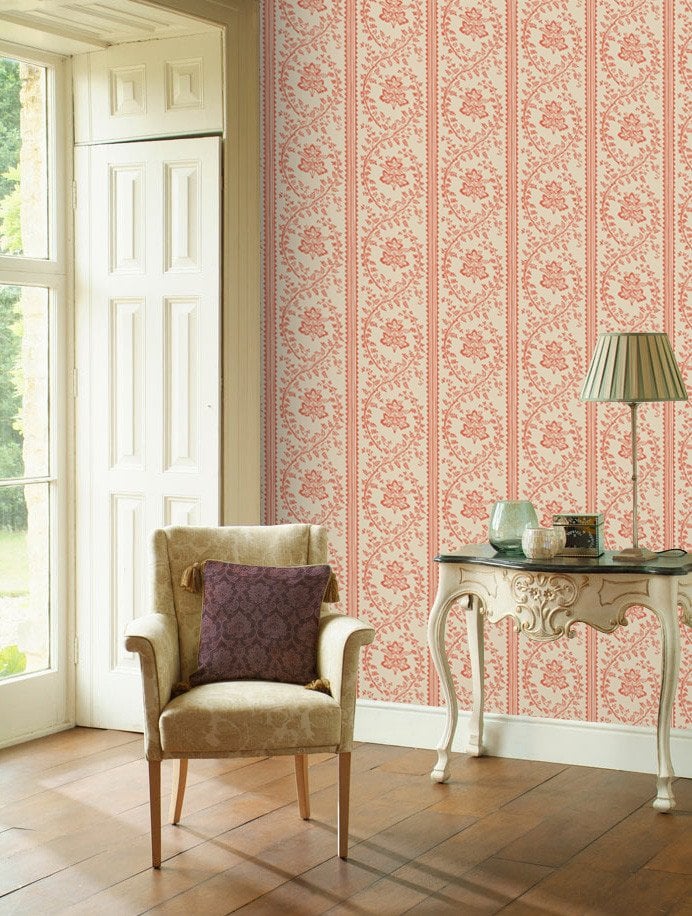
If you stick to the Victorian rules, you have a great opportunity to demonstrate colour, pattern, texture and statement-making. Here are some essential rules for choosing Victorian style wallpaper in your house.
Make sure the paper you choose suits your room
This is in terms of size, ceiling height and natural light - use small patterns in bijou rooms to make them seem larger. Ideally restrict large patterns to big rooms with high ceilings. Use paler colours and metallic colours in dark rooms to increase the illusion of natural light and increase reflections.
In Victorian times, the lighting tended to consist of small pools of bright light, with none giving overall illumination to a whole room, making for a cosy but somewhat gloomy interior. With the enormous choice of lighting fittings we have in terms of wall sconces, pendants, table and floor lamps that can be used with bright halogen bulbs, you can more confidently use paper with rich, deep colours without making for a dark interior.
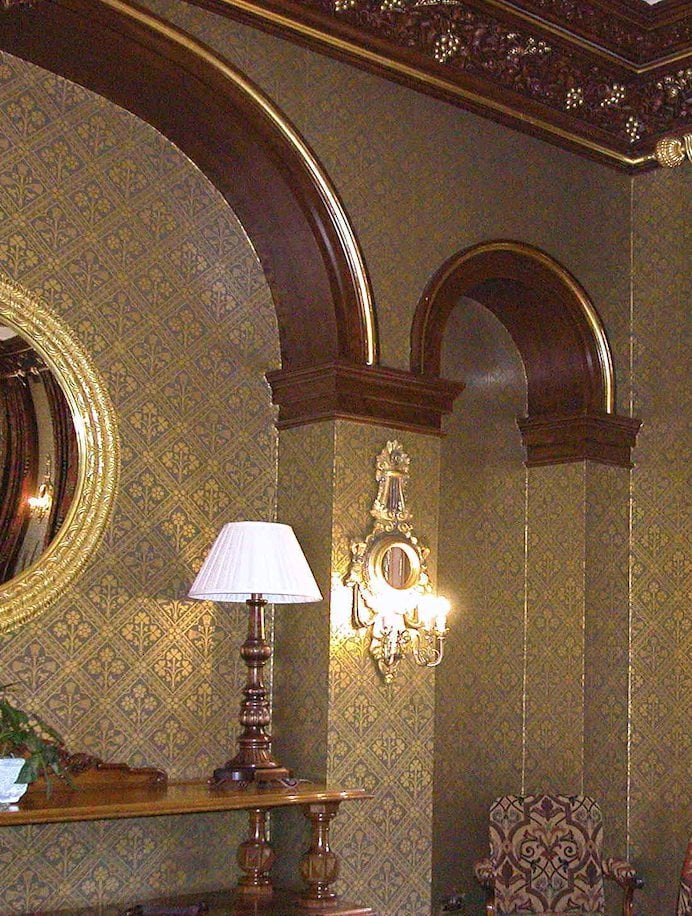
What were typical Victorian subjects and styles in wallpaper designs?
William Morris was the most prolific and well known of the Victorian designers specialising in both wallpaper and textiles. His inspiration came from nature and his stylised designs were focussed on a bold, deep, rich colour palette. If you choose a Morris-inspired paper for your Victorian home, this needs to be done with care and thought as the deep colours can make a room appear dark. You need to make sure that your lighting is bright enough to avoid this and, in order to make the wallpaper the true centrepiece of your room, ensure you choose other matching items.
The use of William Morris-style papers in bathrooms and cloakrooms is a great way to bring Victorian style into your house in a less traditional way, as these were private rooms on which the Victorians would never have lavished such thought and expense!
The Victorians loved nature and entomology and often used animals, birds, plants and insects as subjects to inspire their wallpaper and indeed fabric designs. Using a plant inspired wallpaper that’s not strictly in the Morris style or colour palette can give you the opportunity to use a wallpaper with a lighter colour palette, and avoids making a small room seem gloomy.
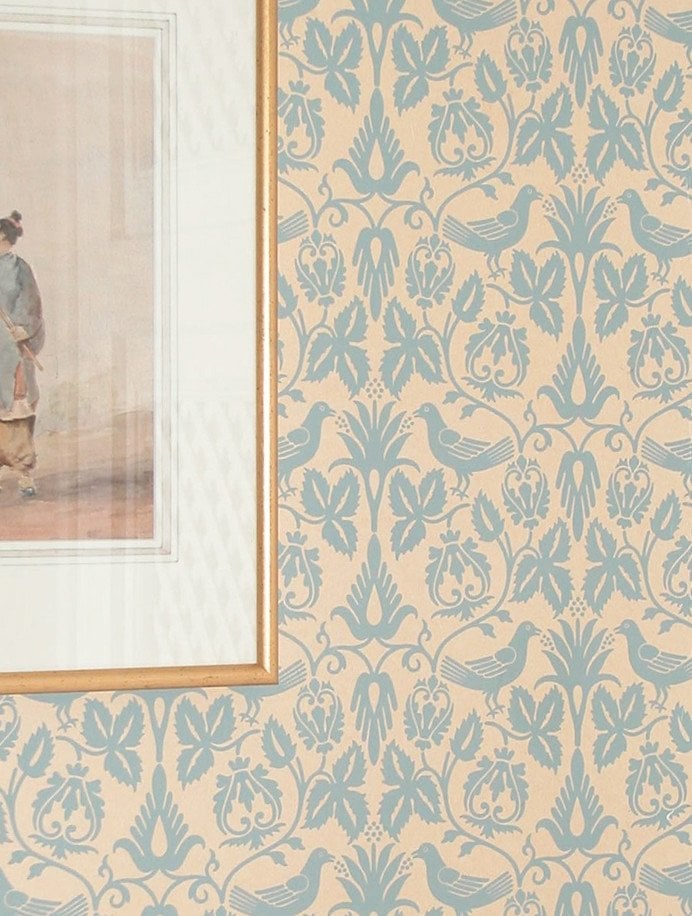
The Victorians also had a passion for Japanese design, with its intricately drawn elements and ageless simplicity, and all things Japanese became a widespread fashion in both the USA and Europe in the 1880s. Japanese motif paper with stylised flat patterning will add a real Victorian feel. Stick to one or two main colours and choose complementary items in varying shades for a coordinated look.
How do I calculate how much wallpaper I need for a room?
Calculating the number of rolls needed in terms simply of m2 is too simplistic a measure for how much wallpaper you need. This is because you need to take into account the repeat pattern on the wallpaper. If the pattern is a half drop for example, the pattern will not match by putting rolls side by side, but only by staggering the start and finish points of the rolls. Therefore the best way to calculate how many rolls you will need is to draw a plan of each of your walls and calculate the number of pieces of wallpaper you will require to go from one side to the other, and how long each of these pieces needs to be. You then need to calculate how much wastage your particular pattern may incur due to pattern matching. For example a typical roll that we sell is 53cm wide and 10m long which gives a square meterage of coverage of 5.3m, however if the repeat pattern is 100cm, you'd need 4 rolls to cover 10 square metres, not 2. The bigger the pattern and the larger the repeat, the more wallpaper you'll need. Make sure you always order an extra half a roll or even an entire roll to allow for mistakes and for patching the wallpaper up in the future. If you find weeks or months later that you require an extra roll, it may be that the original batch you ordered from is now sold out and there are minute differences in colours between batches.
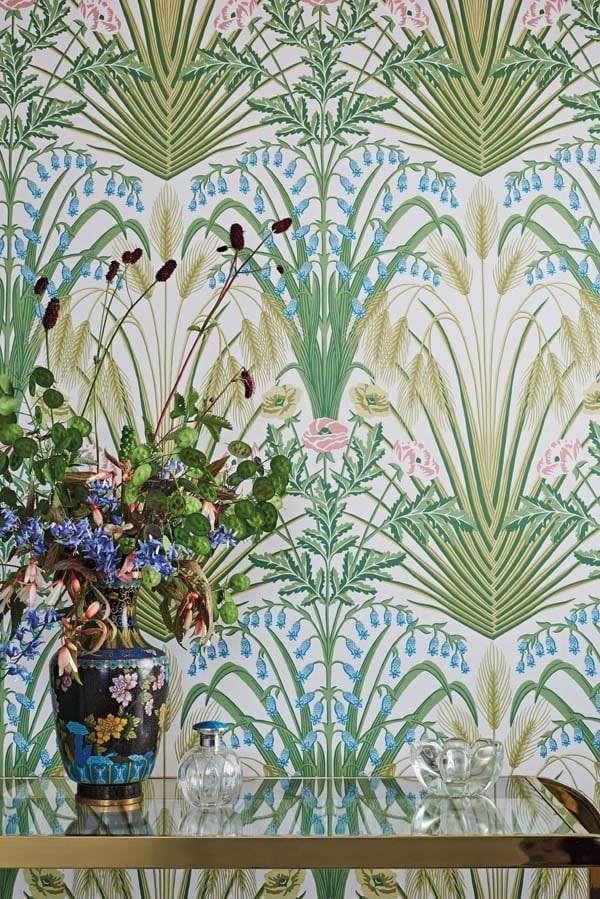
Teaming wallpaper with other wall decorations
Using wood panelling with paper brings all the traditional elements into your Victorian room, but in a combination that veers away from the truly traditional. Design the colour scheme for the whole room around the wallpaper. Tying the elements together like this is a great way of making a room seem really well thought out in every detail.
For added authenticity, Lincrusta or Anaglypta relief wallpaper could be used below the dado line instead of wood panelling, and a complementary patterned wallpaper above. Paint your relief wallpaper in a similar shade to your patterned paper to let the pattern take centre stage.
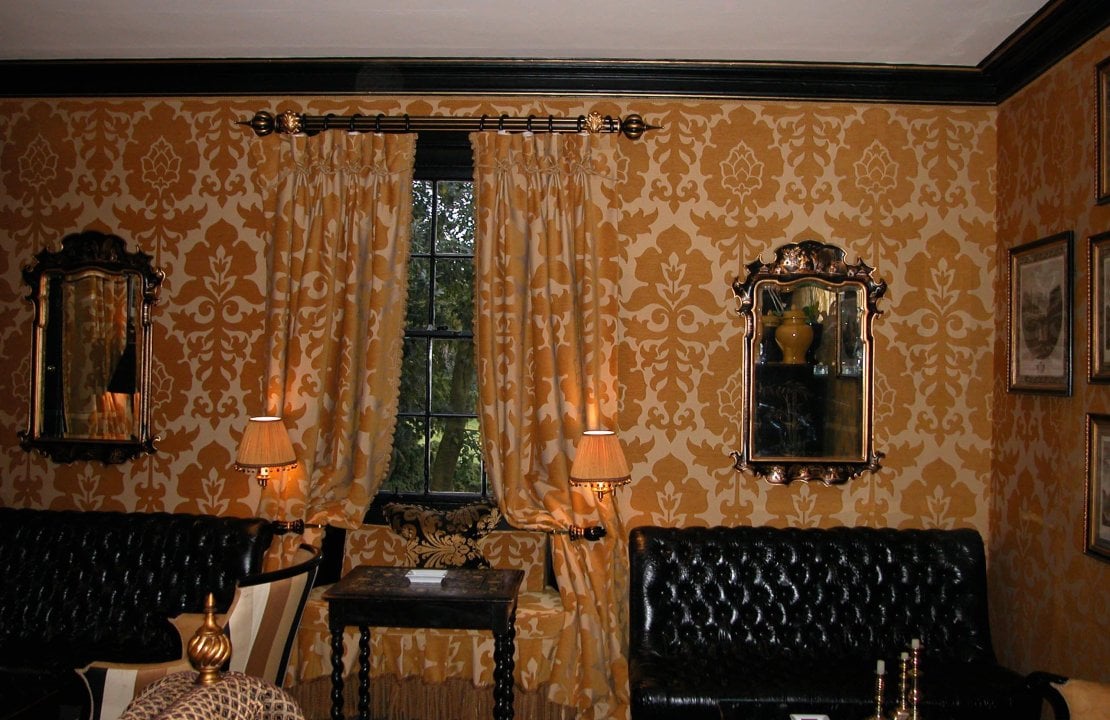

Be the first to add a comment...